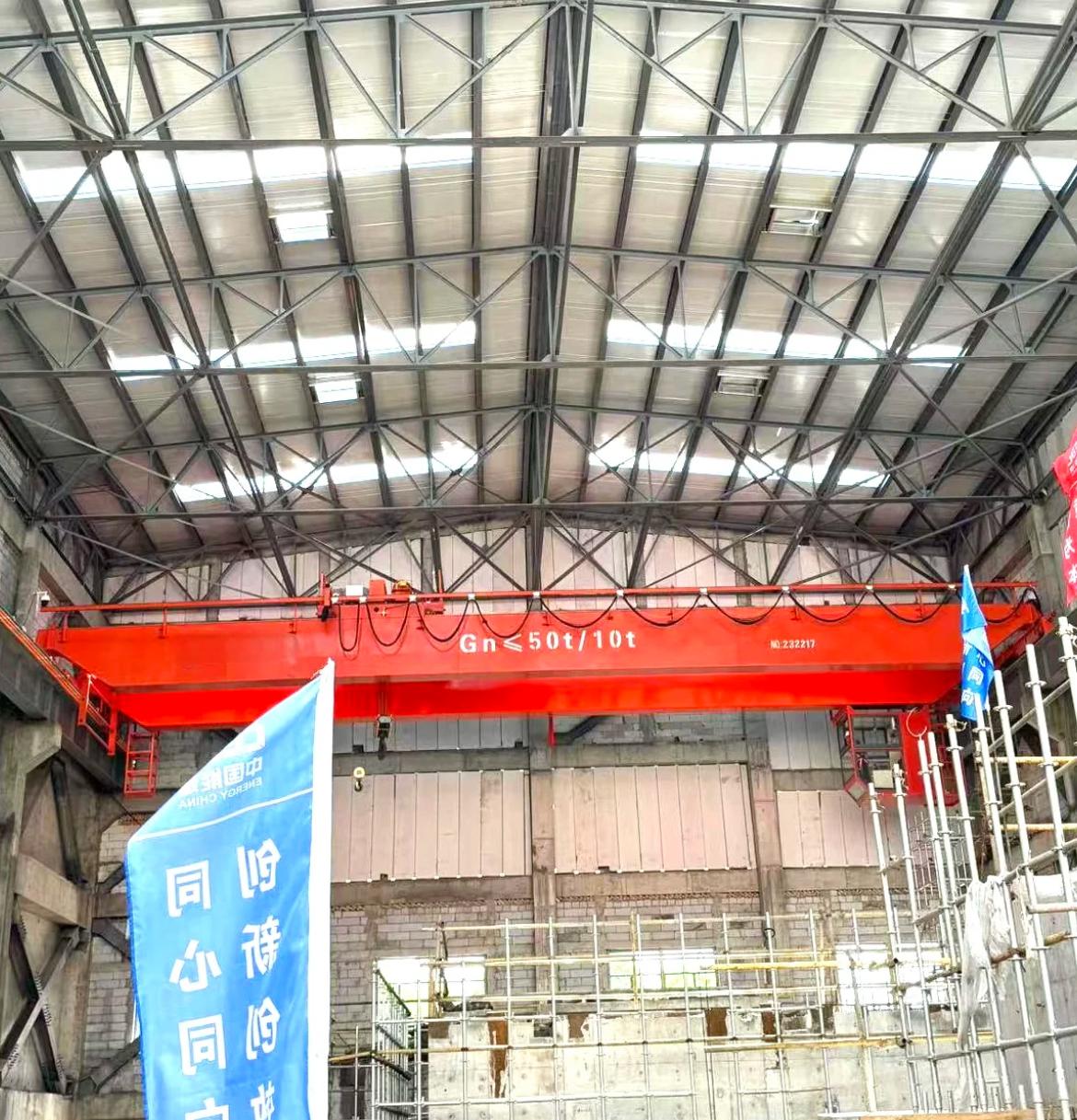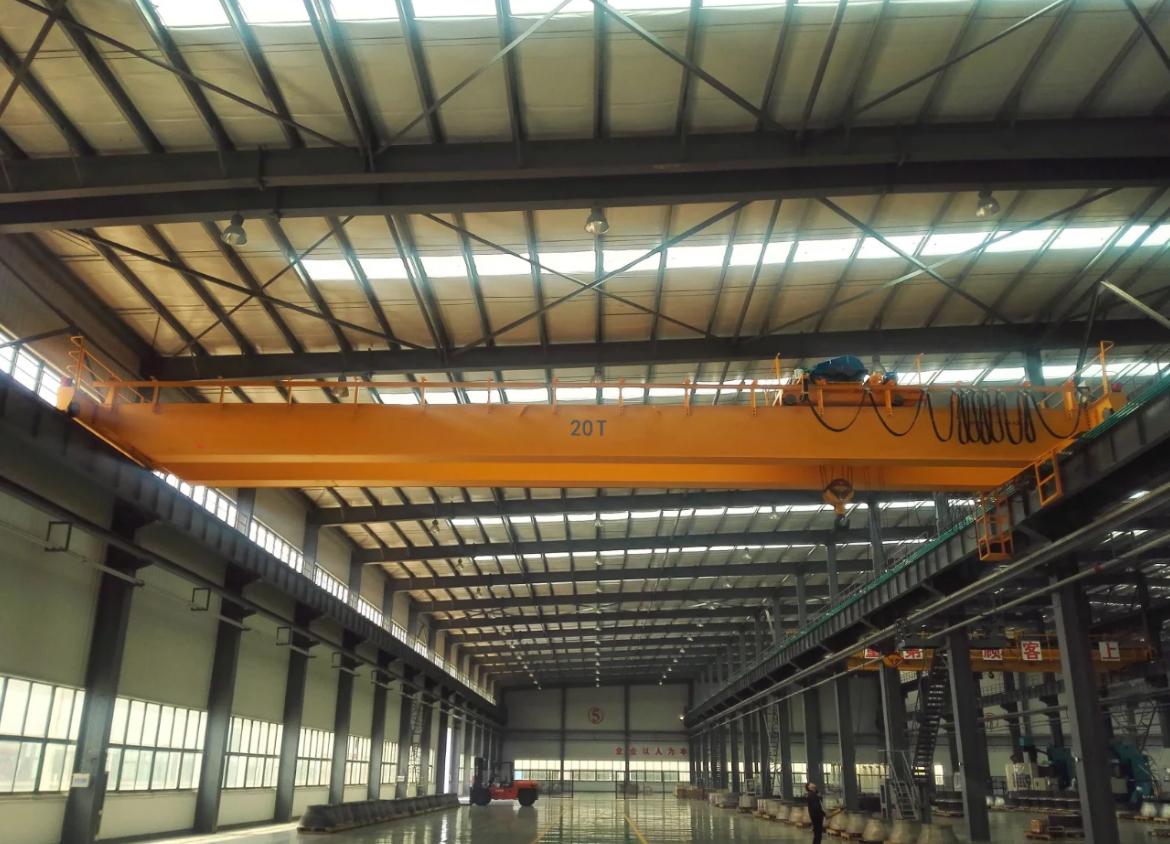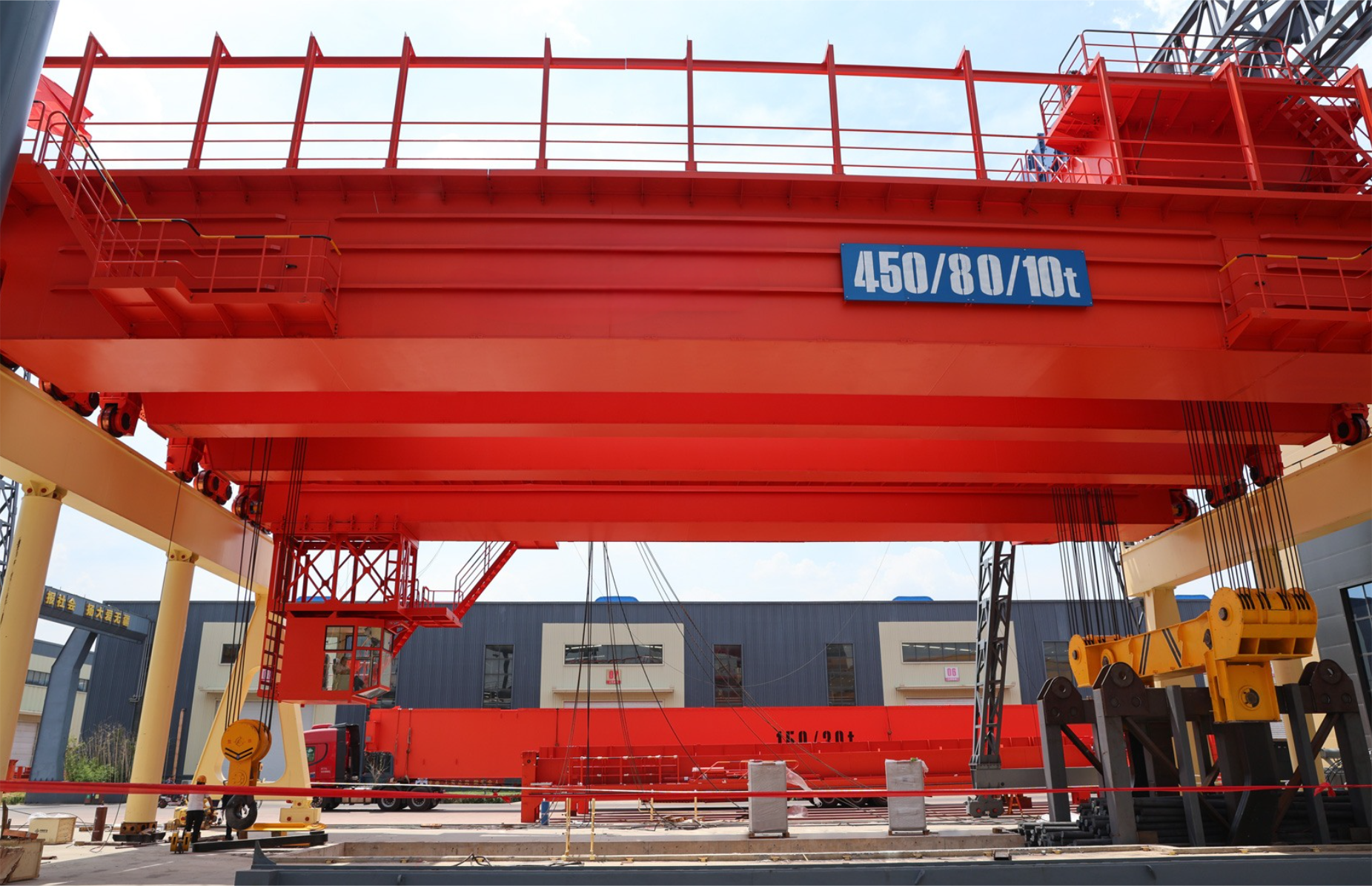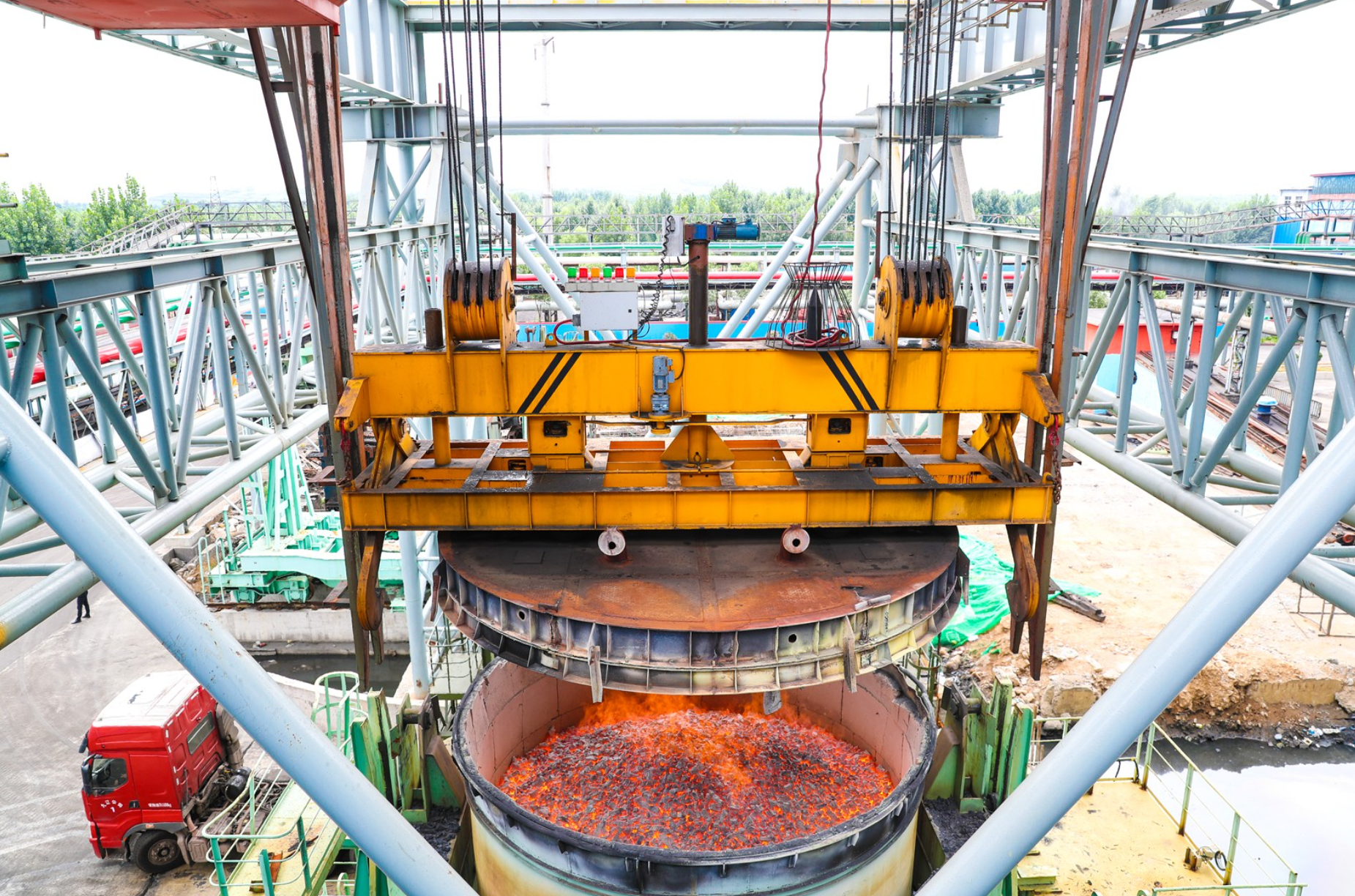How to Scientifically Select a Double-Beam Bridge Crane Based on Span, Lifting Capacity, and Working Level?
Analysis of the Three Core Elements of Double-Beam Bridge Crane Selection
In industrial plants, logistics warehousing, energy equipment, and other scenarios, the double-beam bridge crane is a core equipment for material handling. The rationality of its selection is directly related to production efficiency, safety, and long-term operation and maintenance costs.
1. Span: Determines the Structural Adaptability of the Double-Beam Bridge Crane
① Definition and Measurement of Span
The span of a double-beam bridge crane refers to the horizontal distance between the center lines of the tracks at both ends of the crane’s main beam. It is usually represented by the symbol “S” and is measured in meters (m). The span must be determined according to the actual size of the plant, with safety passages reserved on both sides (single side ≥800mm).
② Correlation Between Span and Main Beam Design
Standard Span Range: The span of a general-purpose double-beam bridge crane is typically 10.5m–31.5m, incremented in 1.5m intervals. Non-standard spans can exceed 50m but require reinforced main beam rigidity (e.g., adding secondary trusses).
Mid-Span Deflection Control: Per GB/T 3811-2008, the mid-span deflection of a double-beam bridge crane under full load must be ≤S/700–S/1000 (depending on the working class). Larger spans necessitate taller main beam cross-sections to resist deformation.
Economic Balance: A 10% increase in span raises main beam steel usage by 15%–20%, requiring cost-benefit analysis with plant construction expenses.
③ Selection Recommendations
Accurately measure column spacing and deduct safety margins to determine the effective span.
Prioritize standard spans to reduce costs; non-standard spans require evaluation of delivery timelines and price premiums.
For large spans (S > 30m), opt for a box-type double-beam bridge crane, which outperforms truss structures in torsional resistance.
2. Lifting Capacity: Safety Margin of Load-Bearing Performance
① Definition of Rated Lifting Capacity
The rated lifting capacity of a double-beam bridge crane refers to the maximum permissible load (including lifting tools) under standard conditions. Common capacities include 5t, 10t, 16t, 20t, 32t, 50t, 75t, and 100t.
② Impact of Lifting Capacity on Key Components
Main Beam Cross-Section: Increasing capacity (e.g., from 20t to 32t) requires thicker webs (2–4mm) and wider upper cover plates (10%–15%).
Lifting Mechanism: For ≥50t double-beam bridge cranes, dual brakes, dual motors, and overload limiters (error ≤±5%) are mandatory.
Wire Rope Selection: Breaking tension (S) must satisfy S ≥ n·Q, where n = safety factor (typically 5–6).
③ Selection Pitfalls and Corrections
Pitfall: Ignoring lifting tool weight (5%–10% of rated load) when selecting based on maximum single-piece weight.
Correction Formula: Rated capacity Q ≥ 1.1 × (material weight + lifting tool weight).
Case Study: A factory lifting 18t engine assemblies (with 2t tools) should choose a 22t double-beam bridge crane, not a 20t model.
3. Working Class: Core Indicator of Equipment Durability
① Classification Standards
Per ISO 4301-1 and GB/T 3811, the working class of a double-beam bridge crane is determined by usage intensity (U0–U9) and load spectrum (Q1–Q4):
A1–A3 (Light Duty): <500 annual hours (e.g., maintenance workshops).
A4–A5 (Medium Duty): 500–2000 annual hours (e.g., general manufacturing).
A6–A7 (Heavy Duty): >2000 annual hours (e.g., metallurgy, ports).
② Design Requirements by Working Class
Electrical Components: A7-class double-beam bridge cranes require contactors with ≥3 million mechanical cycles vs. 500,000 for A3.
Structural Fatigue: Heavy-duty cranes need 100% ultrasonic weld inspection vs. 20% sampling for medium duty.
Cooling Systems: A6+ cranes require independent motor cooling fans.
③ Selection Strategy
Load Spectrum Analysis: Track daily lifts and load distribution (full/half/no load).
Formula: Working class ≈ √(average load rate × daily hours × annual days / 1000).
Example: A foundry operating 10 hours/day, 65% average load, 300 days/year calculates to A4-class. Select A5-class double-beam bridge crane for safety margins.
4. Extended Parameters and Collaborative Optimization
Beyond span, lifting capacity, and working class, consider:
① Lifting Height (H) and Plant Clearance
Ensure vertical space for hoist travel (lowest point to floor, highest point to ceiling).
Low-Headroom Design: Embedding drums into the main beam saves 300–500mm.
② Drive Mode Selection
Centralized Drive: Single motor + long shaft; cost-effective for spans <22.5m (A1–A4).
Separate Drive: Independent motors on end beams; standard for A5–A7 double-beam bridge cranes.
③ Control Mode Adaptation
Cab Operation: Ideal for heavy loads and long distances.
Remote Control: Reduces risks in high-temperature/dusty environments.





